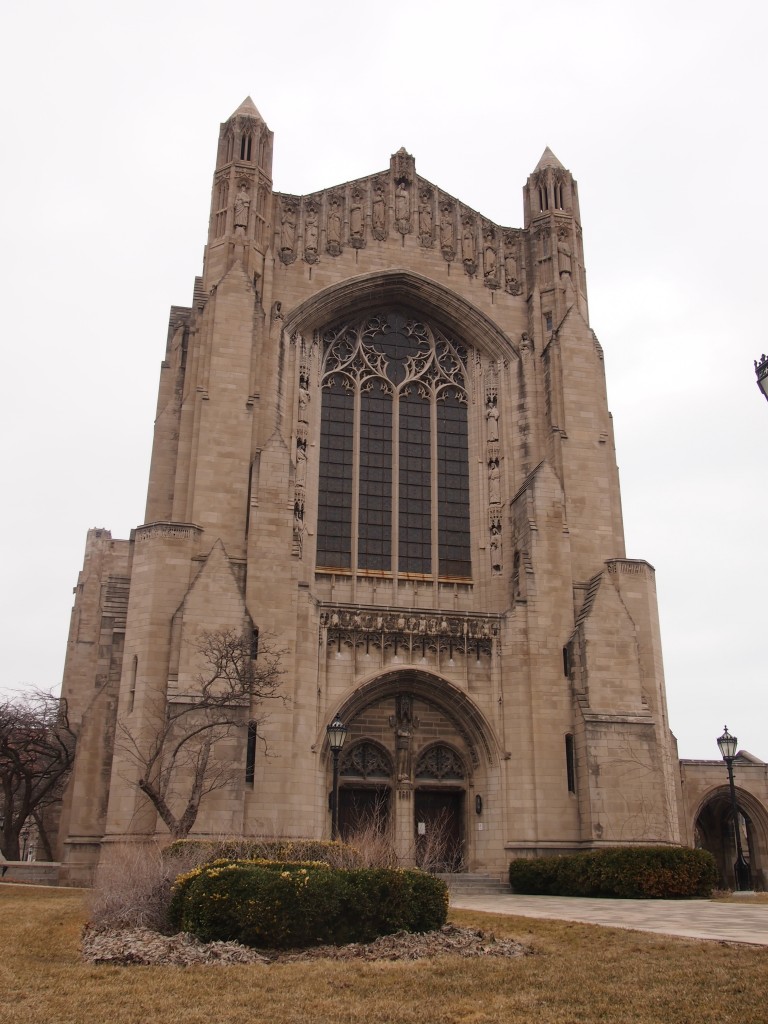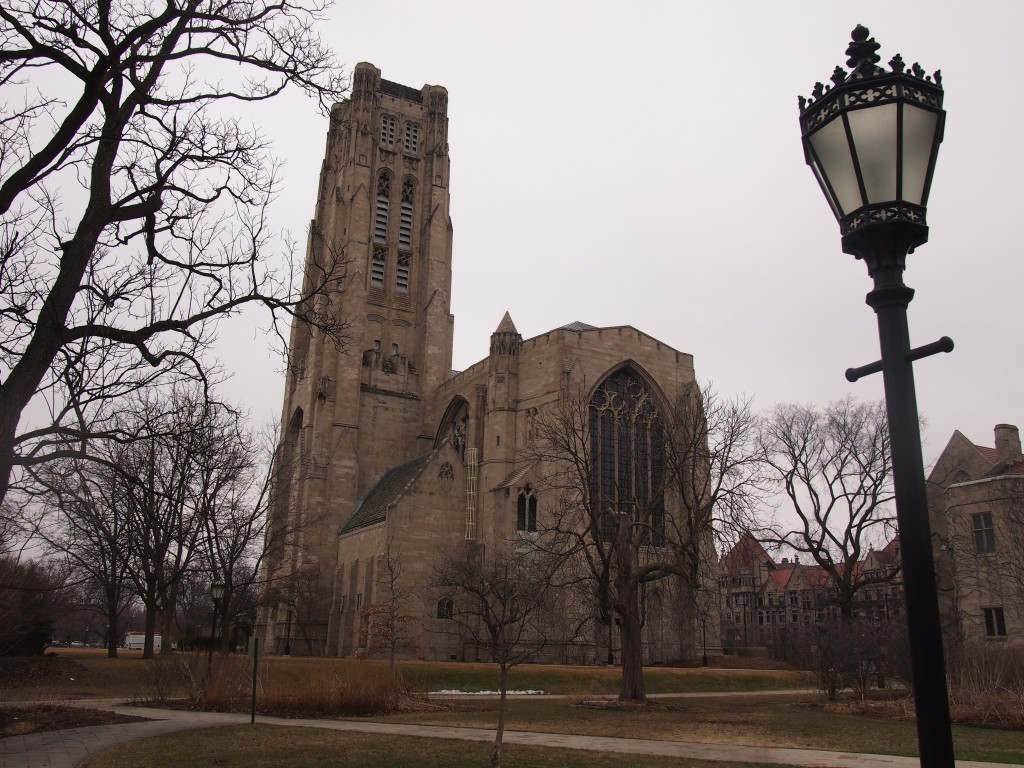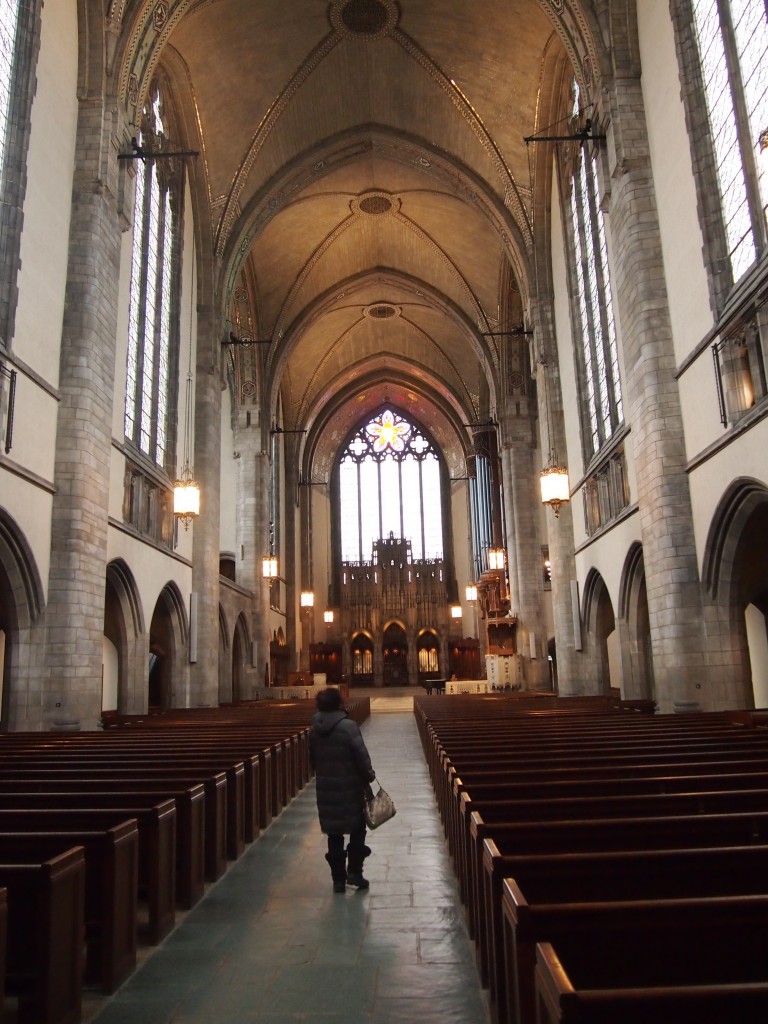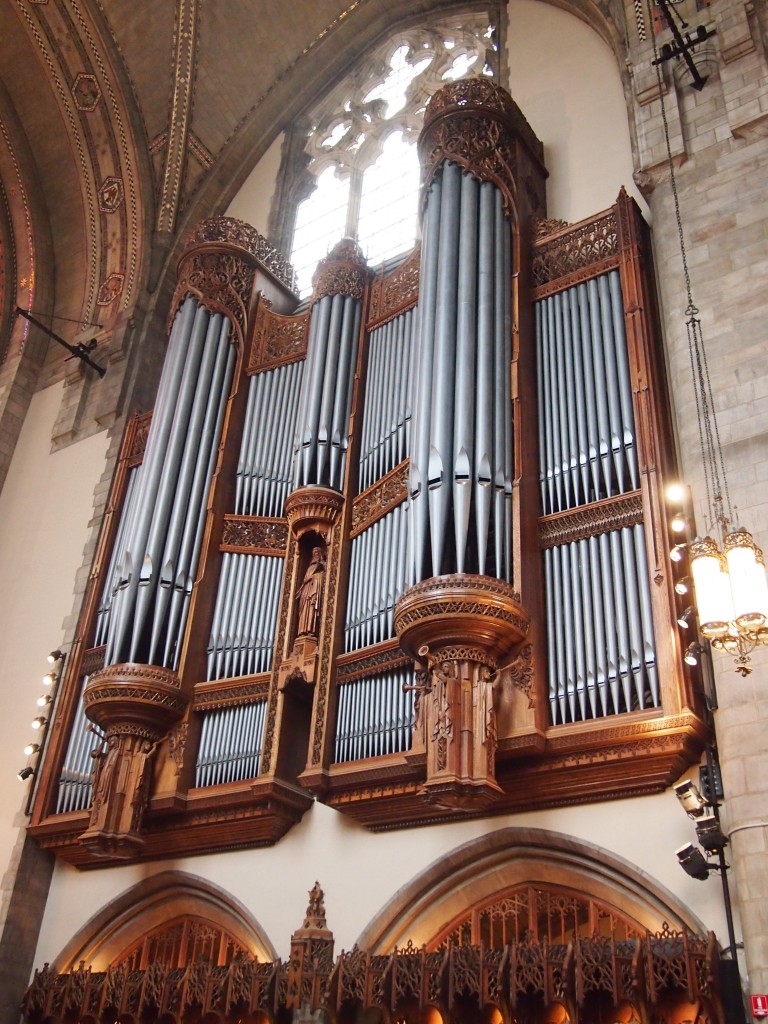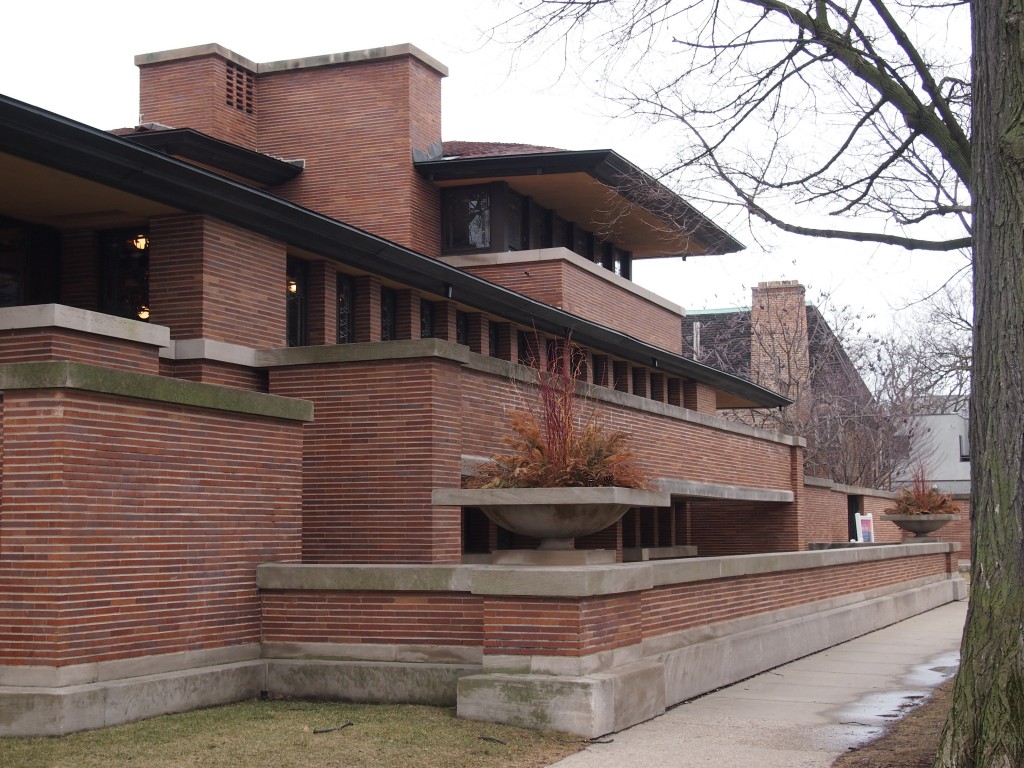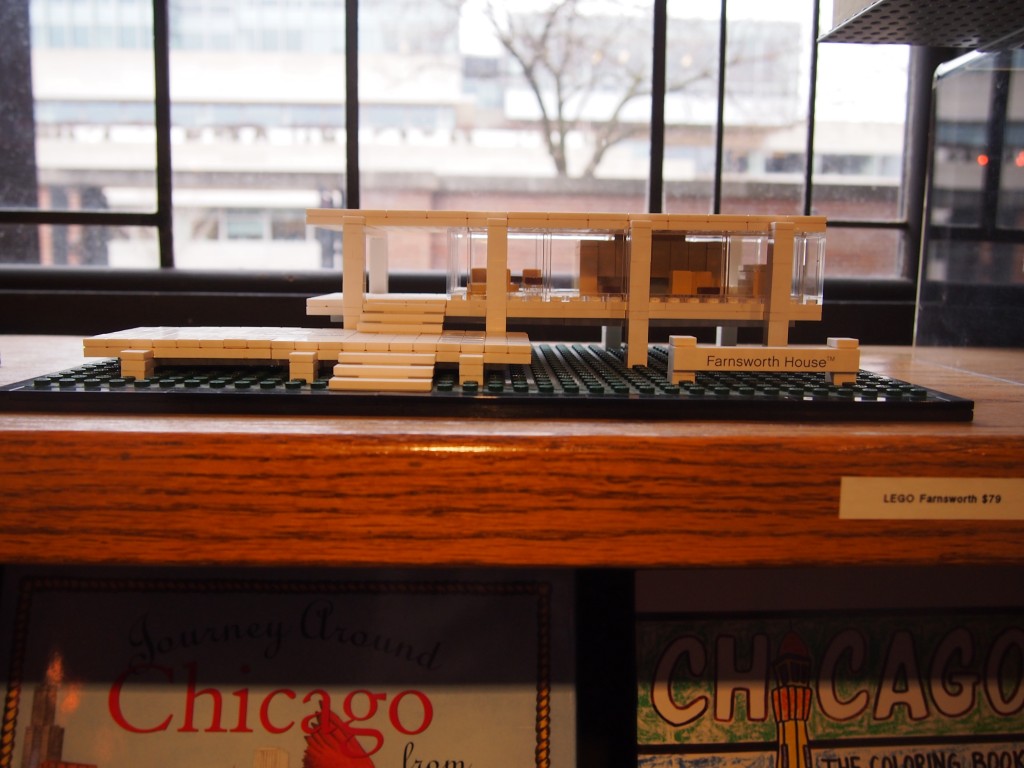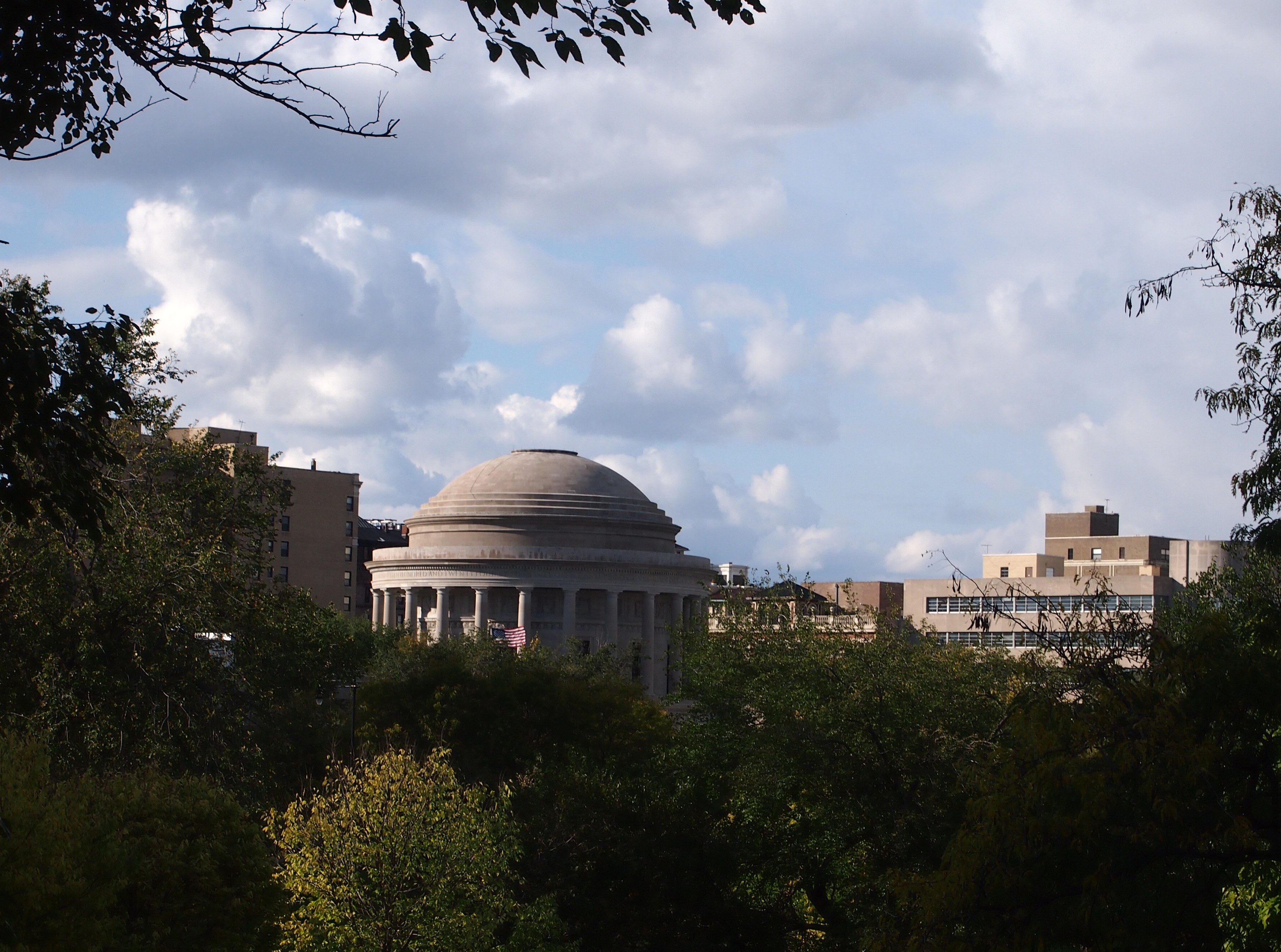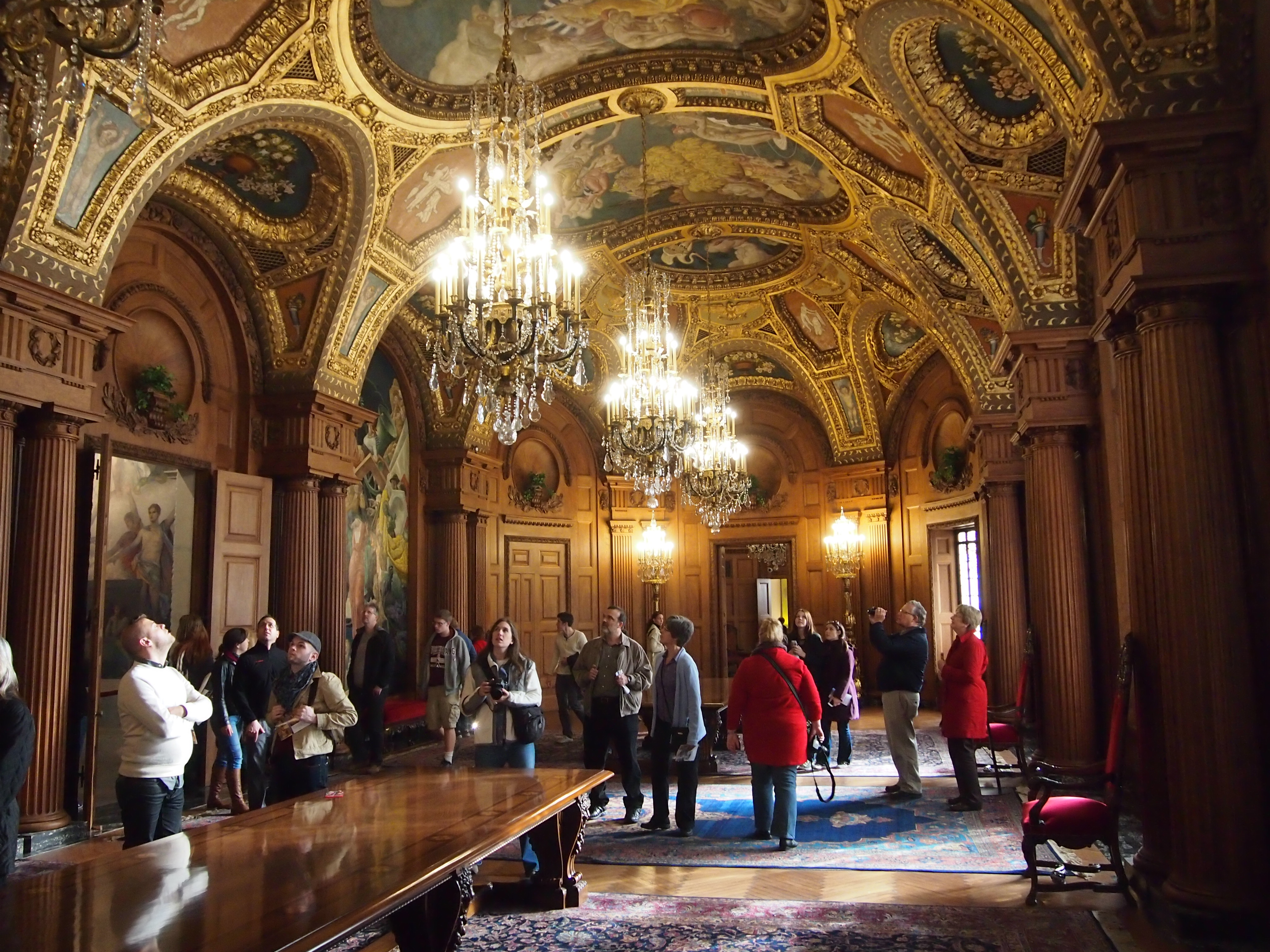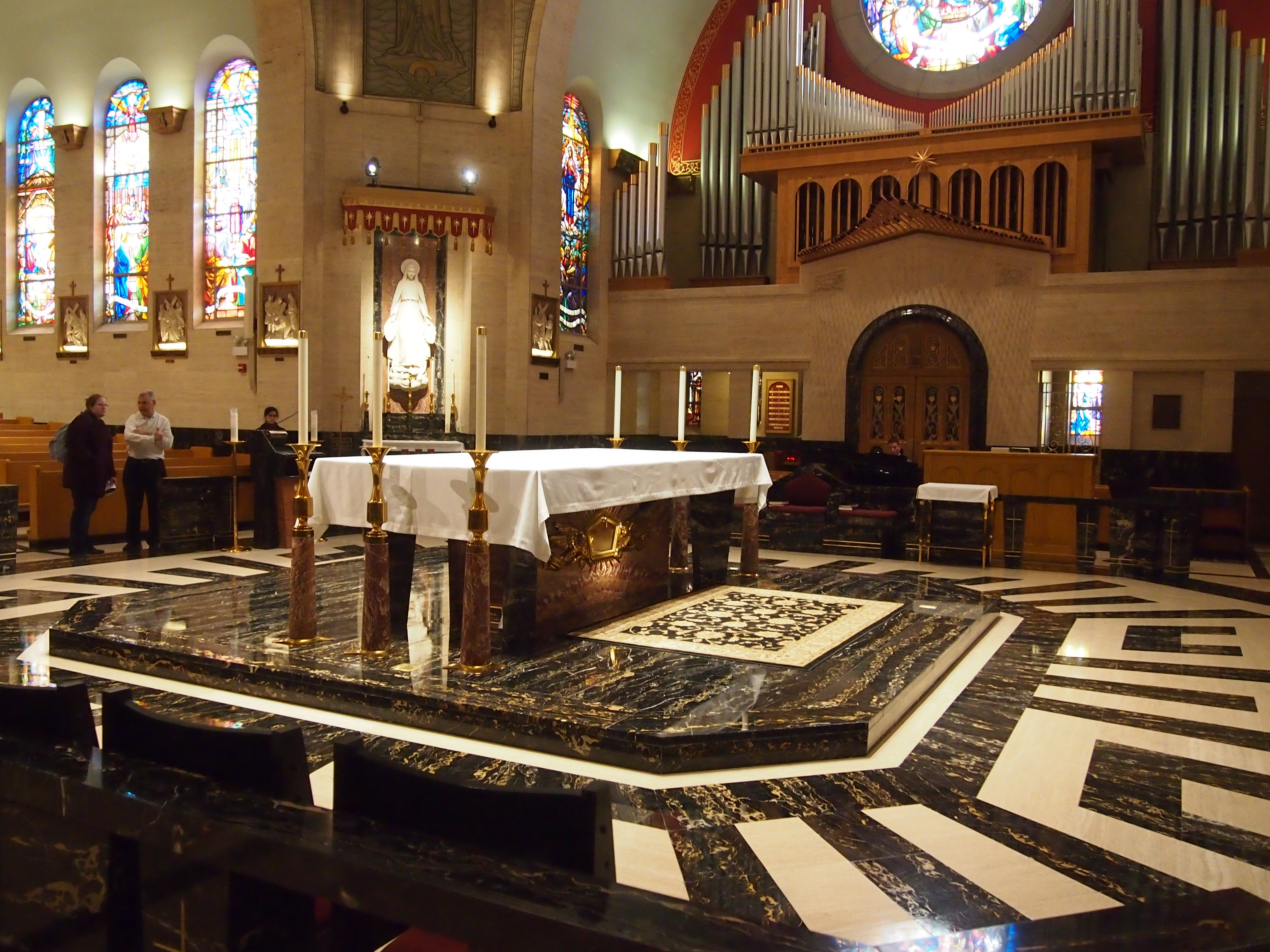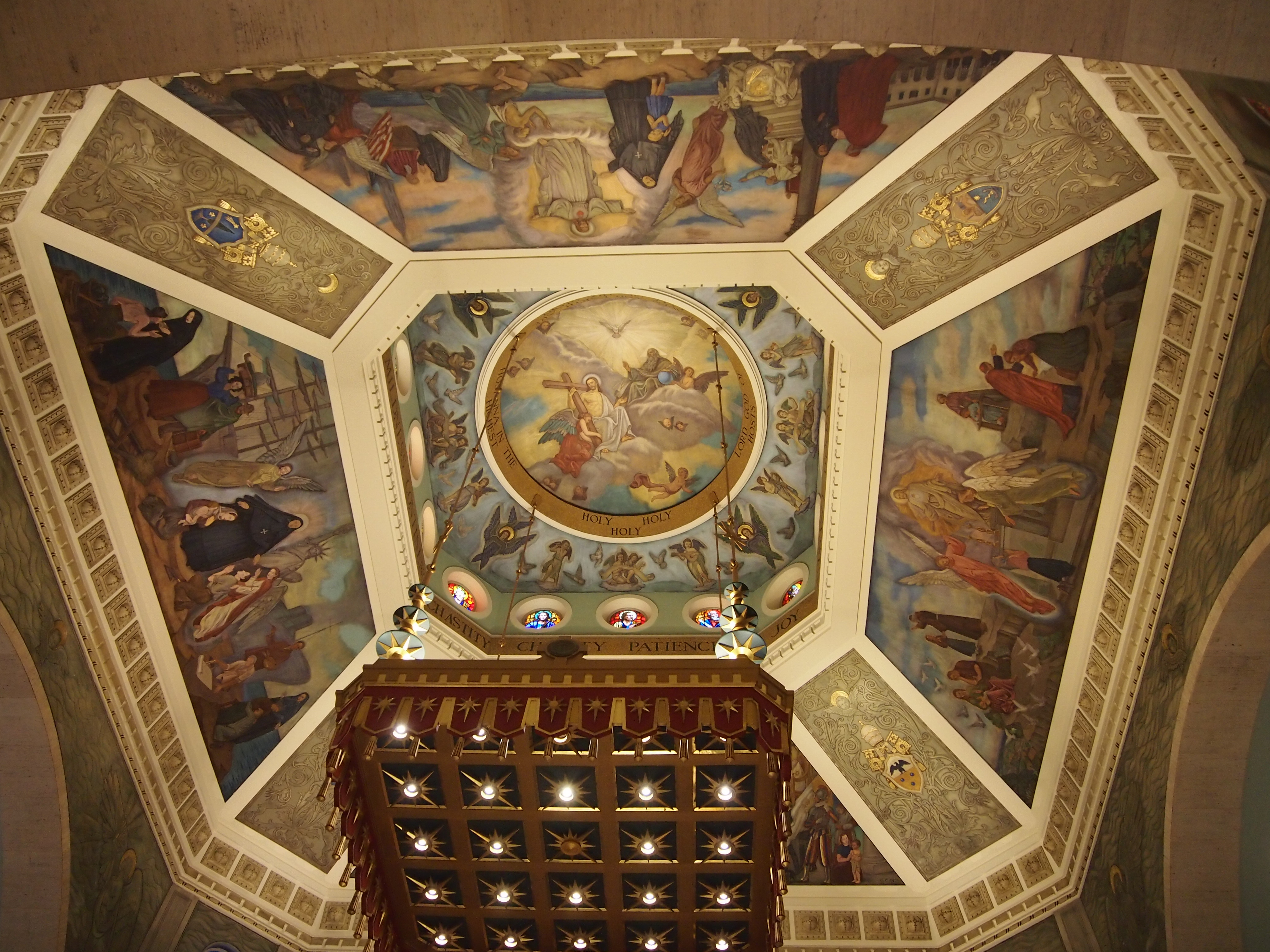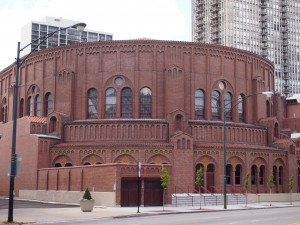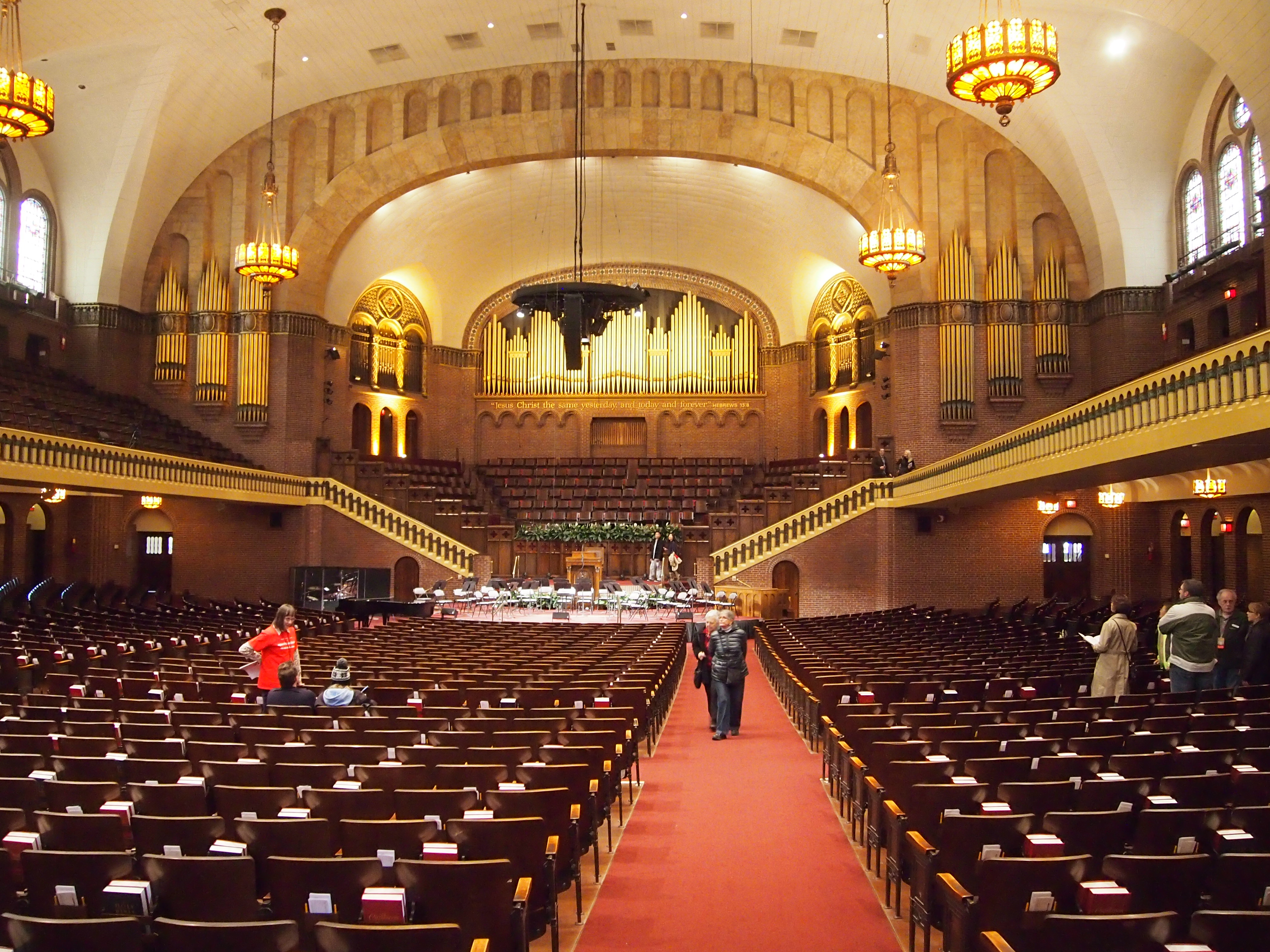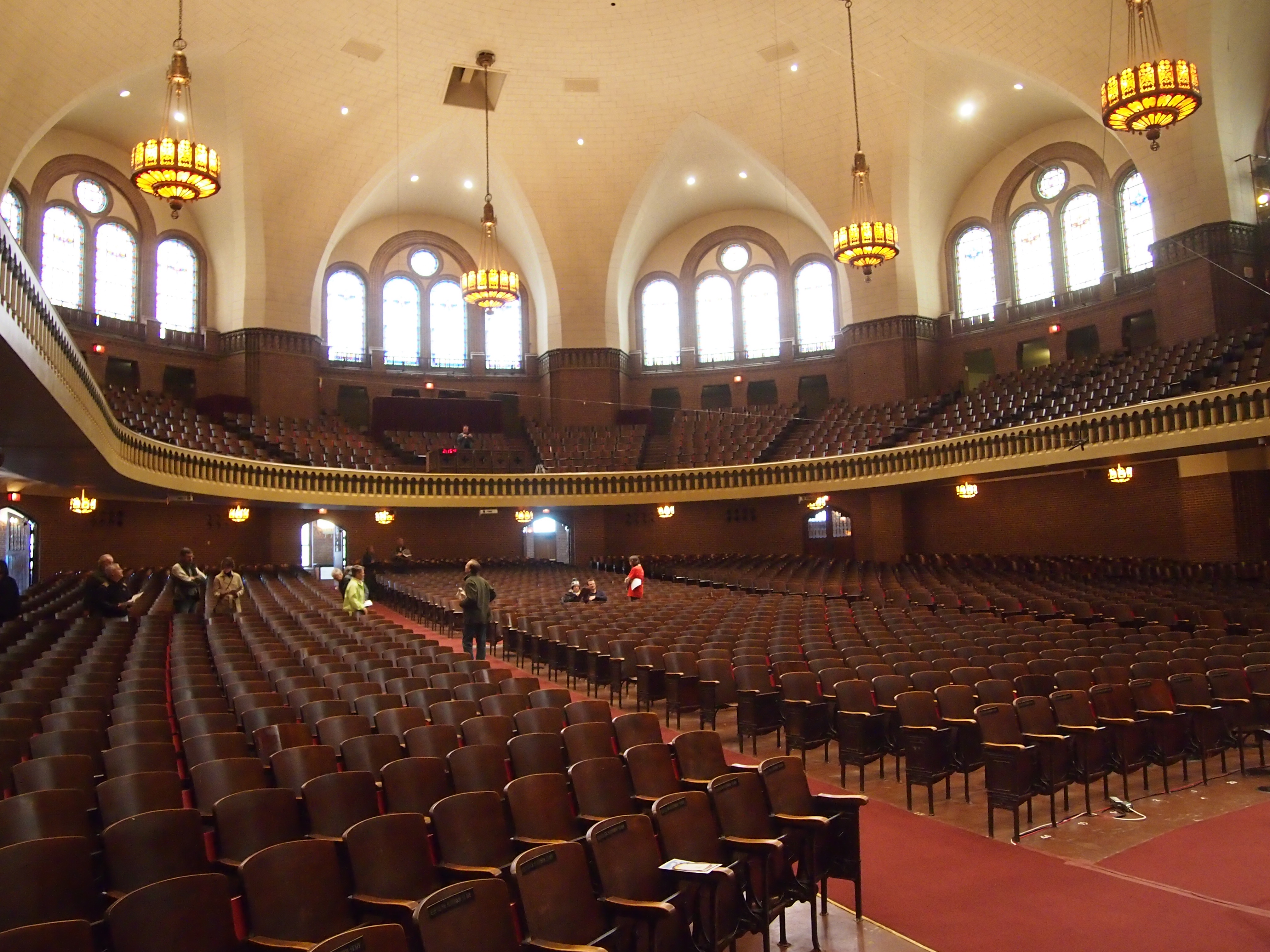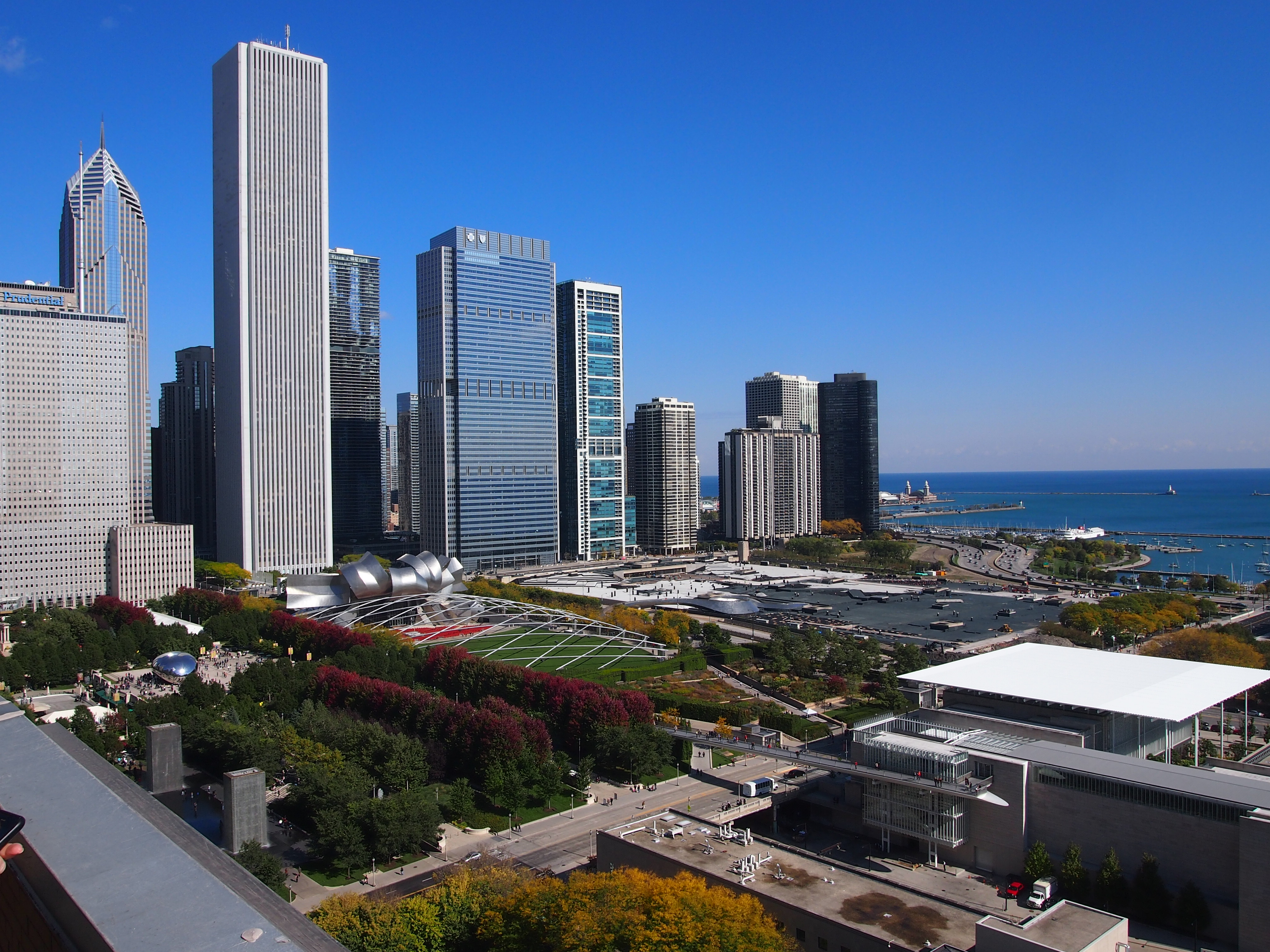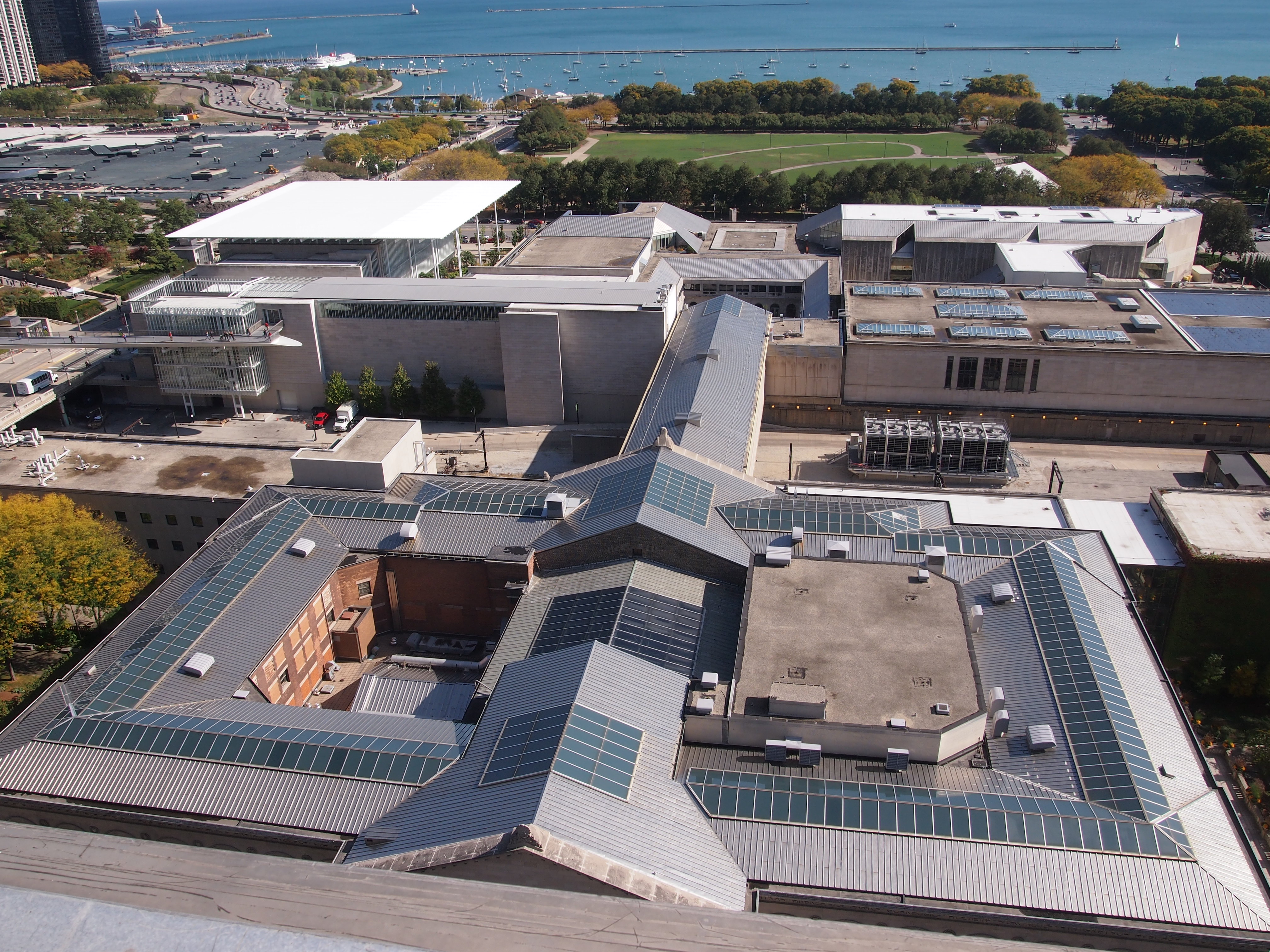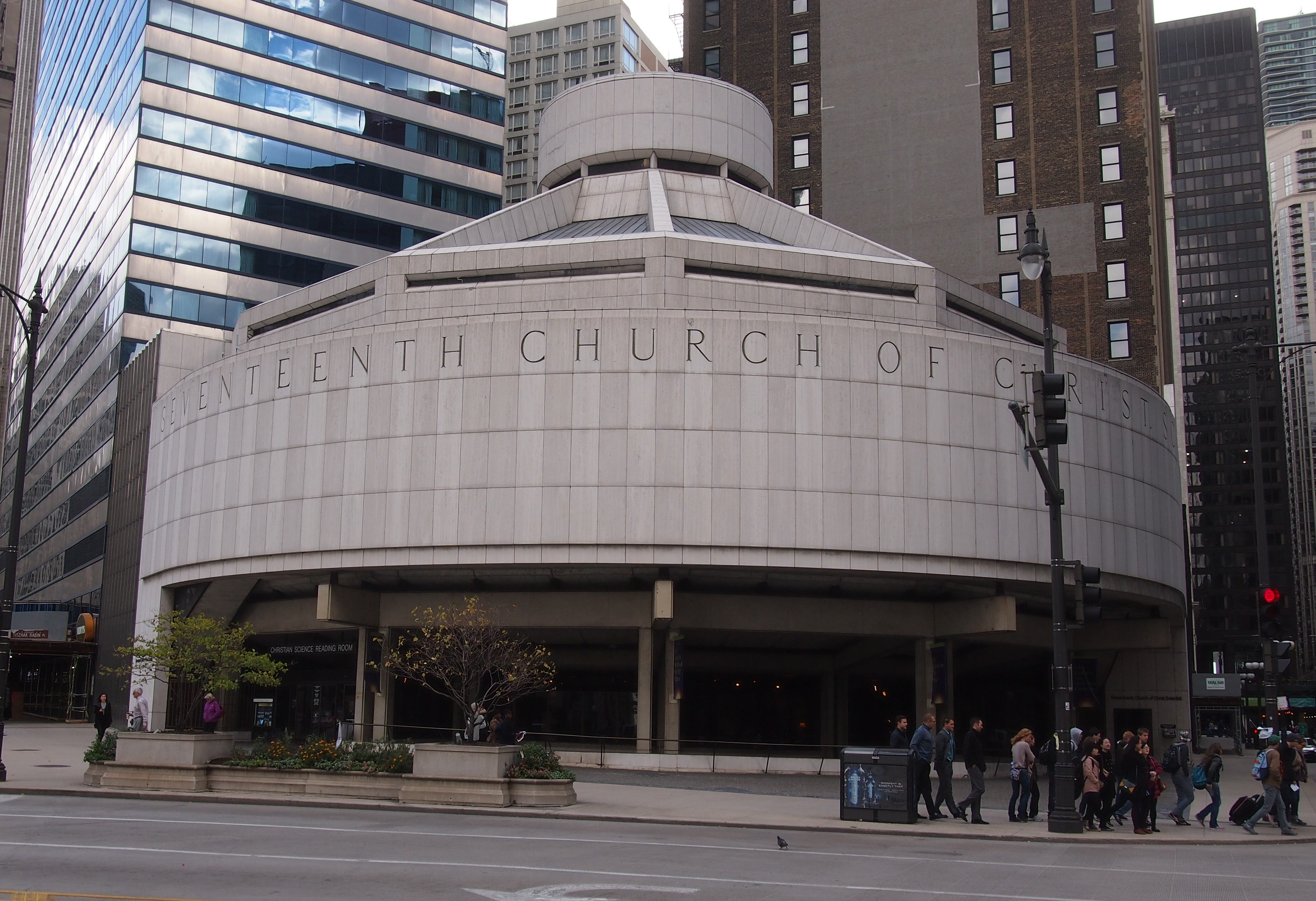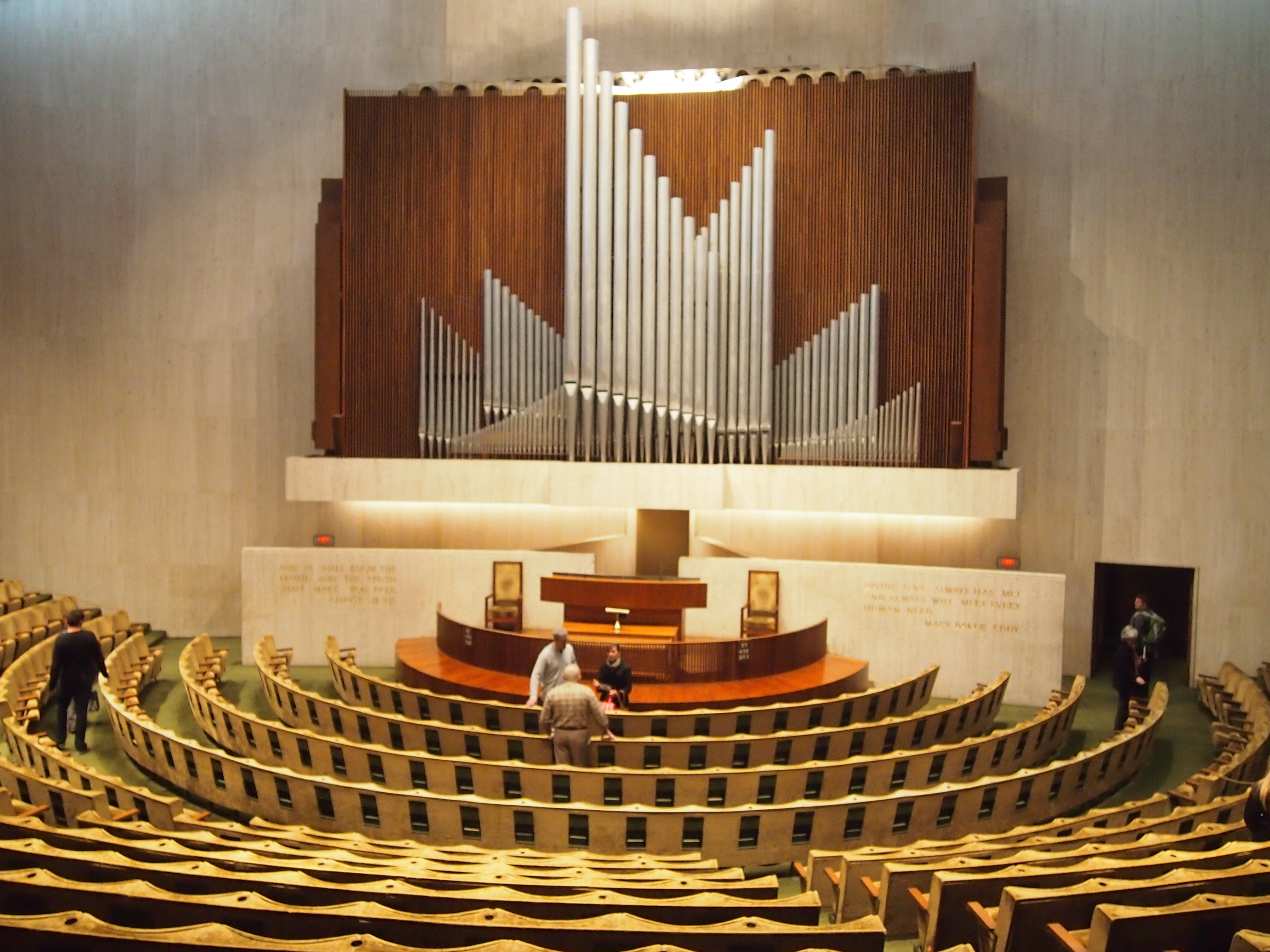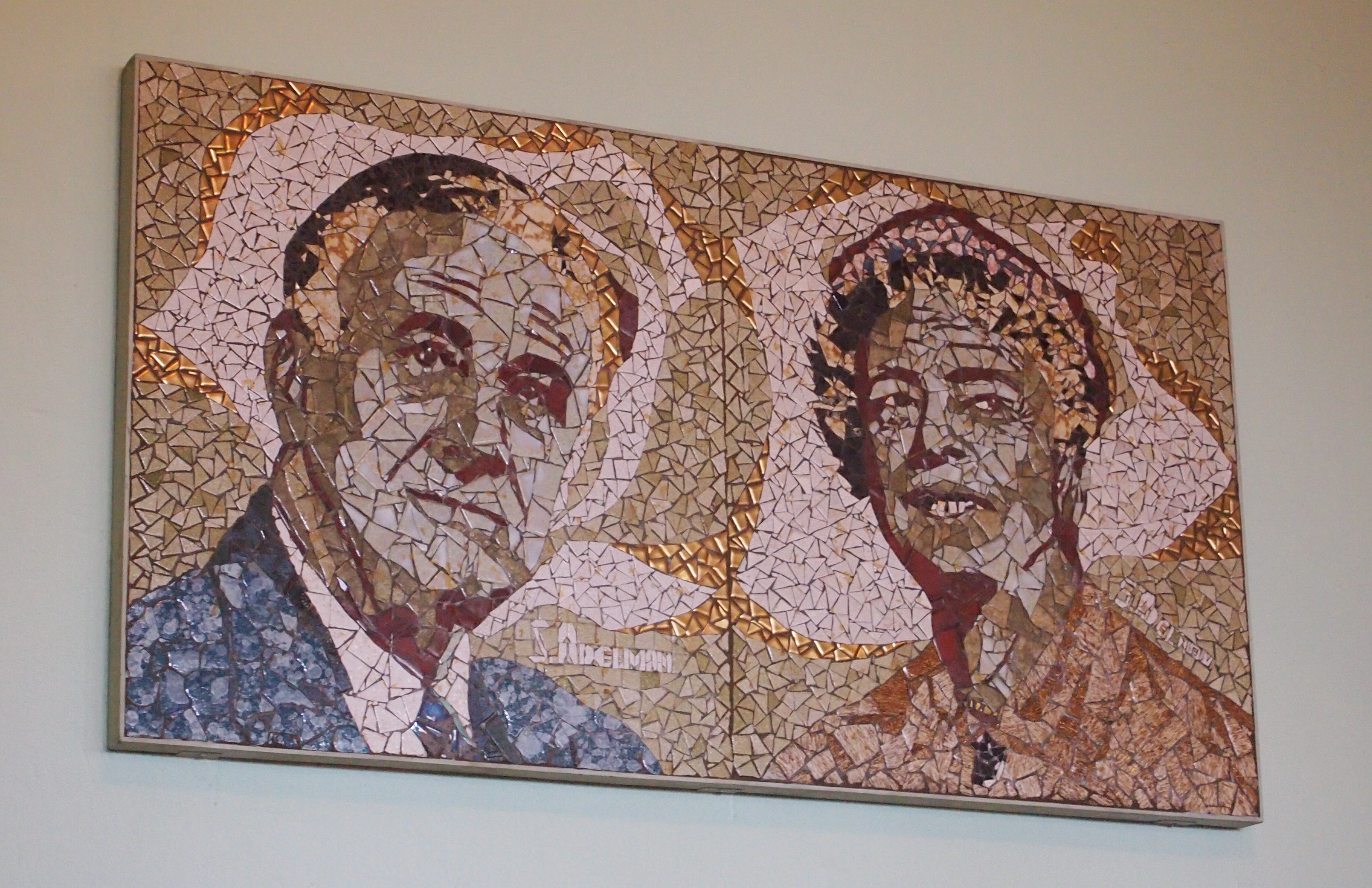Texas A&M University is a big place. I looked it up: the main campus currently occupies 5,500 or so acres, and accommodates 56,000+ students. Systemwide – because there are other campuses – the school boasts an endowment of $7.6 billion. It also seems like a lot of construction is going on, so those figures will probably be outdated in a few years. A&M’s pretty much the main industry in the twin towns of Byran and College Station, Texas, which also have the distinction of not being on an Interstate, though I-45 runs fairly close.
Jay and I took a stroll around campus for an hour or so, which is time enough to see a small fraction of the buildings, as well as a lot of Aggies. They look pretty much like college students anywhere in North America, except for Corps of Cadets members mixed in, who are easily distinguished by their uniforms, which have a remarkable resemblance to WWII vintage U.S. uniforms, in as much as I’m familiar with them. Membership hasn’t been mandatory in 50 years, but the Corps is still a defining tradition at the school. But of course there are many Aggie traditions, some of which are common knowledge among Texans.
If we’d done much planning, we might have been able to see a building or two dating from the time our grandfather attended A&M (again, he was Class of 1916). Mostly, though, we came across buildings dating from the 1920s and ’30s – there seems to have been a large building boom then – as well as some remarkably brutalist structures from more recent decades. Of the structures we saw, I most liked the Civil Engineering Building, built in 1932.
The plaque on the building describes it this way: “A classical revival two-storied stone structure is faced in brick, with cast stone and ceramic tile ornamentation.”
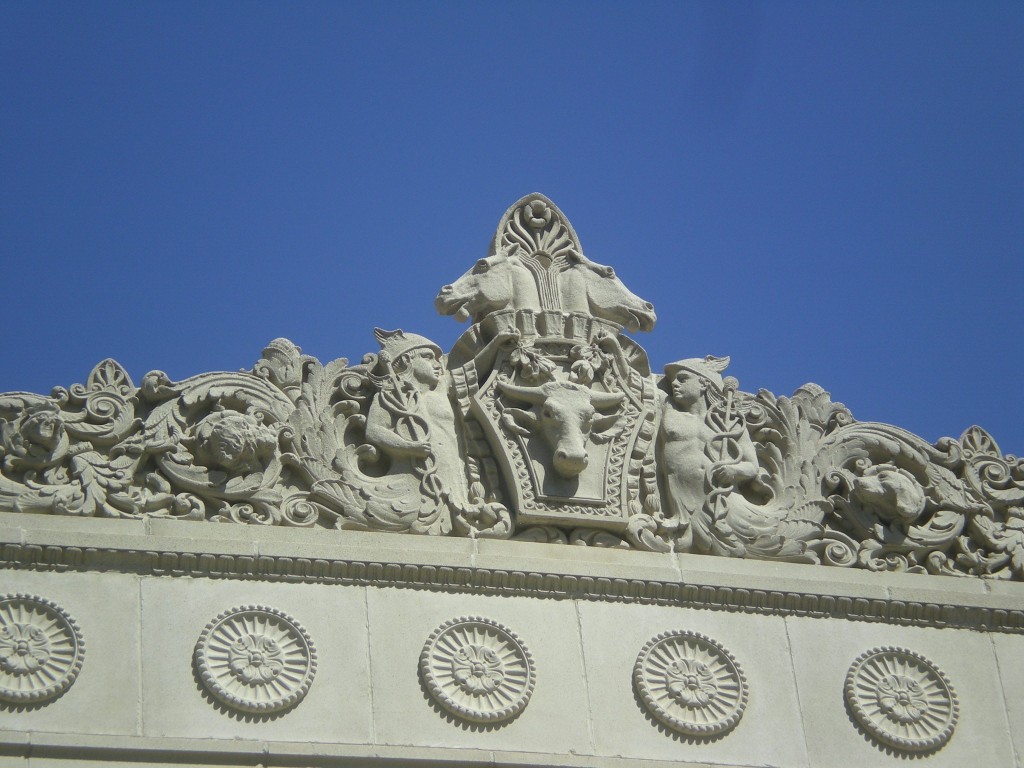 Note the ornamentation here: two Hermes figures, a cow, a couple of horses, and a couple of dogs. Elsewhere, pigs.
Note the ornamentation here: two Hermes figures, a cow, a couple of horses, and a couple of dogs. Elsewhere, pigs.
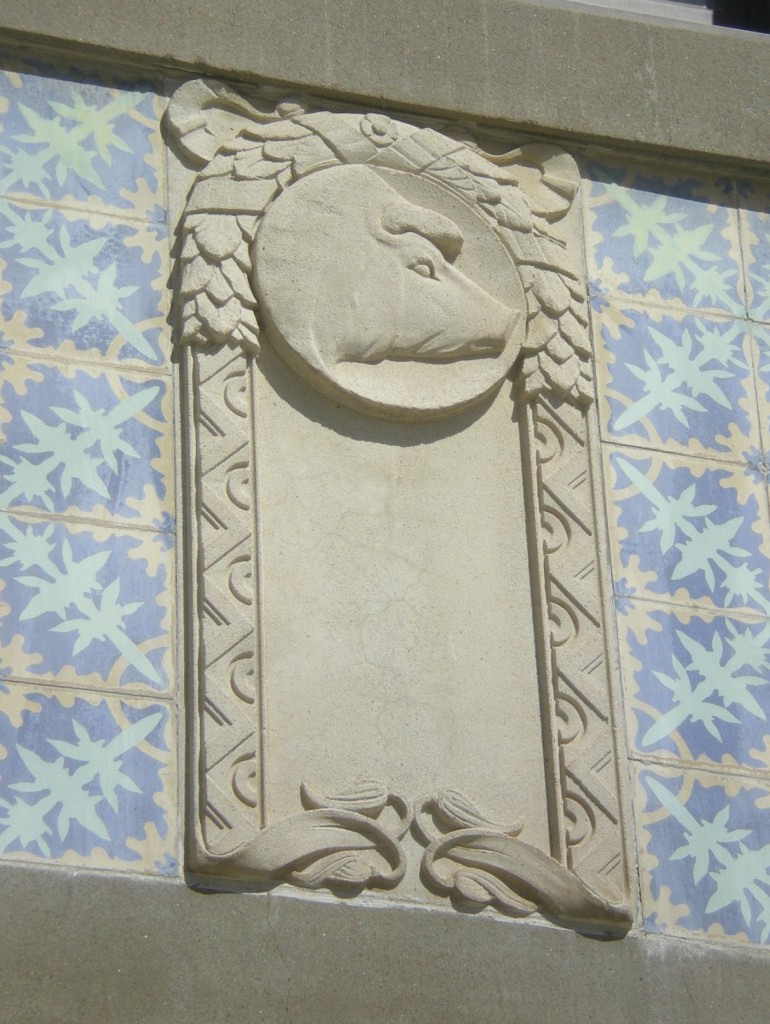 The reason for all of those animals on the Civil Engineering building? The plaque again: “Originally used as a veterinary hospital with two additional buildings in the rear, used as [a] stable and anatomy laboratory.”
The reason for all of those animals on the Civil Engineering building? The plaque again: “Originally used as a veterinary hospital with two additional buildings in the rear, used as [a] stable and anatomy laboratory.”
Not far away we happened on the Cushing Memorial Library, where there’s an exhibit for the centennial of the opening of WWI: “The Great War: Memories of Service and Sacrifice, A World War I Exhibit Featuring the Aggie Experience.” Just the thing to see – free, not too large, and connected to our family’s experience. Class of 1916 meant that it wasn’t long before Grandpa was in the Great War. We told a woman behind the desk at the entrance about him, and she seemed pleased to hear it.
The displays featured some material from Aggies who’d been in the war, but the exhibit had more than that, including wartime posters, photos, letters, everyday items, and more, and not just from American soldiers, but also British, French, German and Italian. (What, nothing from little Montenegro?). The material is from the Ragan Military History Collection at the library.
“A enlarged image of the tattered Gold Star service flag that most prominently captures the World War I Aggie experience will also be exhibited,” notes the A&M release about the exhibit. “Part of a national tradition that began with World War I, the service flag contains approximately 2,000 maroon stars honoring those Aggies who served, and 50 gold stars memorializing those Aggies who gave their lives in the war.”
Fortunately for him and his 13 descendants (so far), Grandpa came back from France, though as an engineer, unexploded ordnance — and the Spanish Flu — were likely the main dangers he faced.
